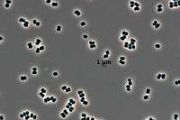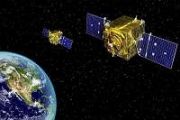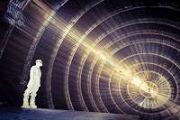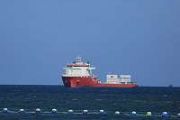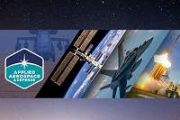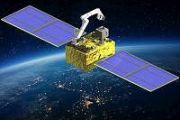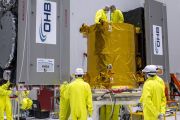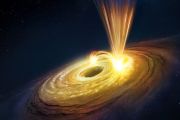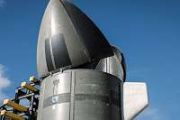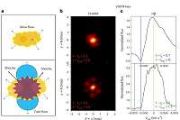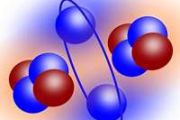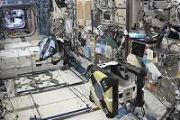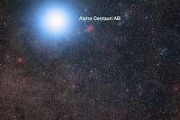
Copernical Team
First audio recorded on Mars reveals two speeds of sound
 The first audio recordings on Mars reveal a quiet planet with occasional gusts of wind where two different speeds of sound would have a strange delayed effect on hearing, scientists said Friday.
After NASA's Perseverance rover landed on Mars in February last year, its two microphones started recording, allowing scientists to hear what it is like on the Red Planet for the first time.
In a
The first audio recordings on Mars reveal a quiet planet with occasional gusts of wind where two different speeds of sound would have a strange delayed effect on hearing, scientists said Friday.
After NASA's Perseverance rover landed on Mars in February last year, its two microphones started recording, allowing scientists to hear what it is like on the Red Planet for the first time.
In a Week in images: 28 March - 1 April 2022
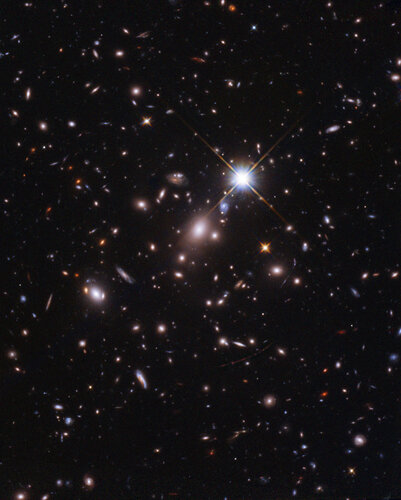
Week in images: 28 March - 1 April 2022
Discover our week through the lens
Earth from Space: Barranquilla, Colombia

Barranquilla, the capital of the Atlántico department in northwest Colombia, is featured in this image taken by the Copernicus Sentinel-2 mission.
Planet-scale MRI
 Earthquakes do more than buckle streets and topple buildings. Seismic waves generated by earthquakes pass through the Earth, acting like a giant MRI machine and providing clues to what lies inside the planet.
Seismologists have developed methods to take wave signals from the networks of seismometers at the Earth's surface and reverse engineer features and characteristics of the medium they
Earthquakes do more than buckle streets and topple buildings. Seismic waves generated by earthquakes pass through the Earth, acting like a giant MRI machine and providing clues to what lies inside the planet.
Seismologists have developed methods to take wave signals from the networks of seismometers at the Earth's surface and reverse engineer features and characteristics of the medium they South Korea tests first solid-fuel rocket in wake of North Korea ICBM launch
 South Korea successfully tested its first home-produced solid fuel rocket Wednesday, the country's military said, in a boost to its space-based defense capabilities just days after North Korea test-launched an intercontinental ballistic missile.
The South Korean rocket was fired from a site in Taean, about 93 miles southwest of Seoul, the defense ministry said in a statement. Accompanying
South Korea successfully tested its first home-produced solid fuel rocket Wednesday, the country's military said, in a boost to its space-based defense capabilities just days after North Korea test-launched an intercontinental ballistic missile.
The South Korean rocket was fired from a site in Taean, about 93 miles southwest of Seoul, the defense ministry said in a statement. Accompanying SCOUT, USSPACECOM sign agreement to share space situational awareness services
 SCOUT Inc. a space tech company developing next-generation space traffic management and autonomous proximity operations services, and the Department of Defense of the United State of America (DoD), through the United States Space Command (USSPACECOM), have signed an agreement for space situational awareness (SSA) services and data.
The agreement, which was finalized in November of 2021, is
SCOUT Inc. a space tech company developing next-generation space traffic management and autonomous proximity operations services, and the Department of Defense of the United State of America (DoD), through the United States Space Command (USSPACECOM), have signed an agreement for space situational awareness (SSA) services and data.
The agreement, which was finalized in November of 2021, is Viability of using commercial rockets to transport cargo quickly focus of Space Force research
 When a natural or humanitarian disaster occurs halfway around the world, the U.S. Space Force (USSF) aims to send a rocket filled with food, water and other essential supplies to the site in one hour. With the help of UCF researchers, they may be able to achieve this goal within the next decade.
UCF is one of seven universities to receive funding through the USSF's University Consortium Re
When a natural or humanitarian disaster occurs halfway around the world, the U.S. Space Force (USSF) aims to send a rocket filled with food, water and other essential supplies to the site in one hour. With the help of UCF researchers, they may be able to achieve this goal within the next decade.
UCF is one of seven universities to receive funding through the USSF's University Consortium Re AstroAccess announces second Zero-G parabolic flight for 2022
 AstroAccess, an organization dedicated to promoting disability inclusion in space exploration alongside Space Frontier Foundation, an organization dedicated to the diversification and democratization of space, announced today that they will be flying a second cohort of disabled Ambassadors on a Zero Gravity Corporation flight later this year.
During the parabolic flight, the Ambassadors ex
AstroAccess, an organization dedicated to promoting disability inclusion in space exploration alongside Space Frontier Foundation, an organization dedicated to the diversification and democratization of space, announced today that they will be flying a second cohort of disabled Ambassadors on a Zero Gravity Corporation flight later this year.
During the parabolic flight, the Ambassadors ex 

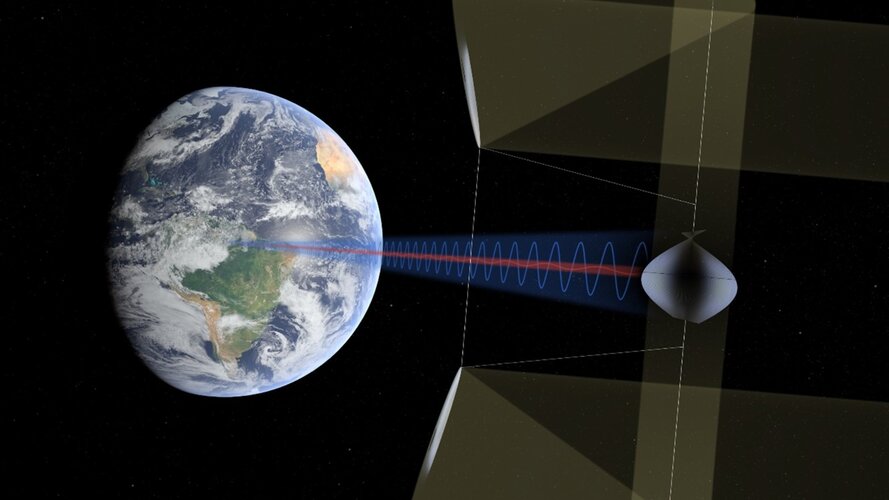 Image:
Solar power down
Image:
Solar power down 







